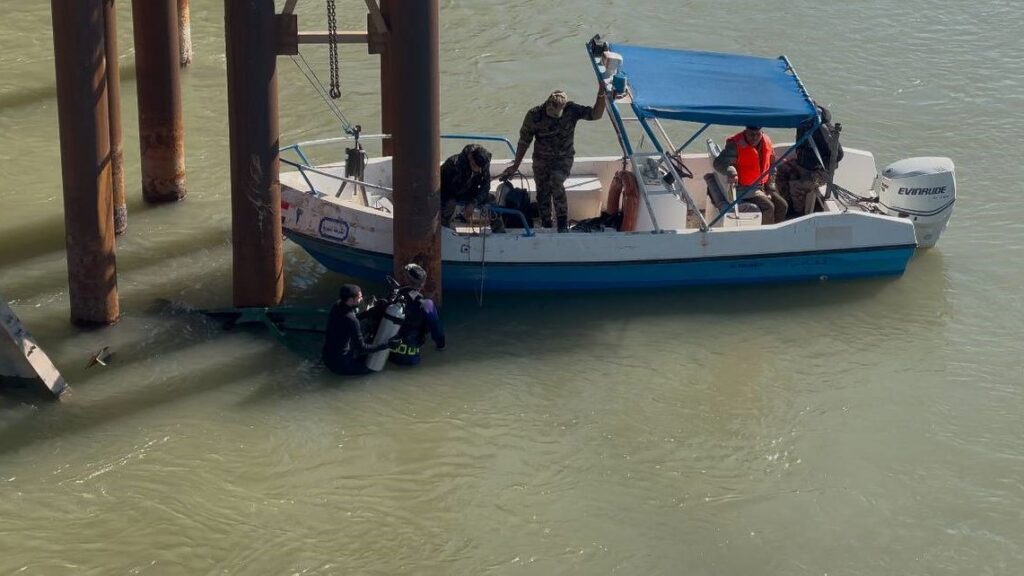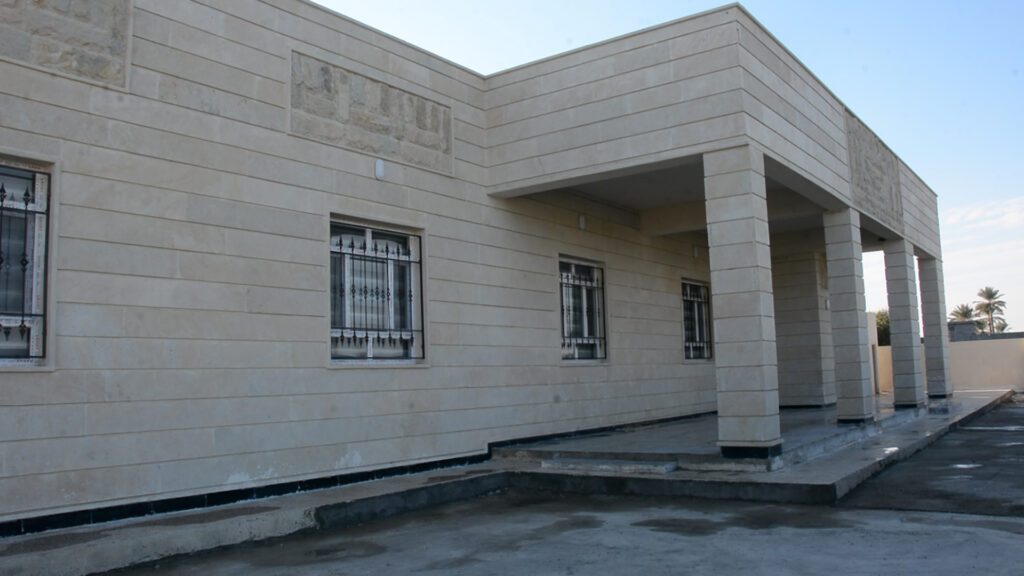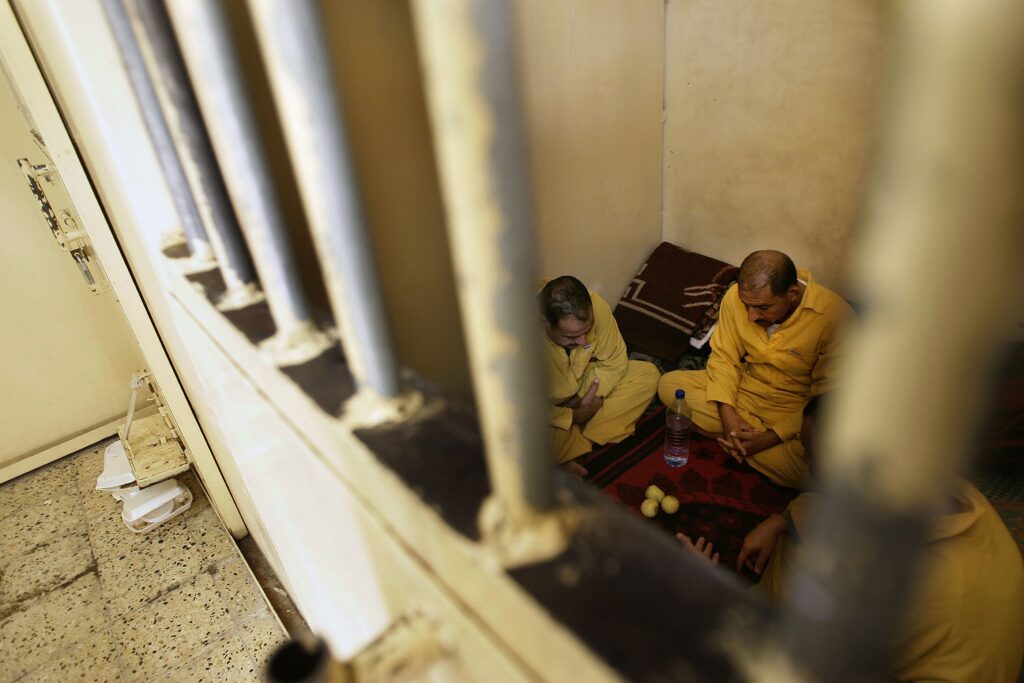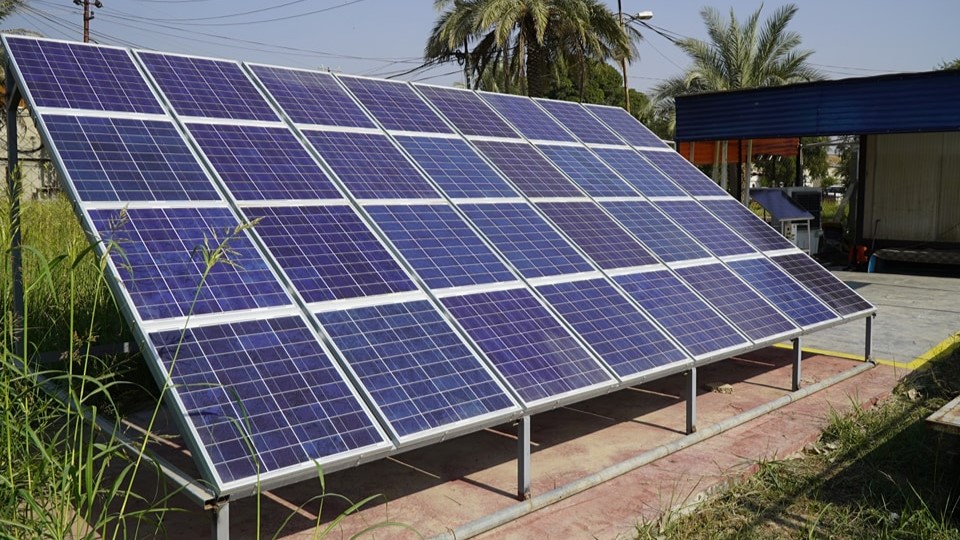Bosnia and Herzegovina: Bosnia and Herzegovina: Population Movement Information Bulletin
The situation
Countries throughout the Balkans experienced a significant influx of migrants in 2015 and 2017. Bosnia and Herzegovina (BiH), however, not being situated on the main migratory route, was only marginally affected at that time. Since the beginning of 2018, the country has seen a significant increase in the numbers of arrivals, with migrants arriving via two different routes: one through Albania and Montenegro; and the other through the Republic of North Macedonia or Bulgaria, and Serbia.
Only in 2018, there have been over 26,000 arrivals to BiH. In the first half of 2019, the number of migrants in BiH is estimated around 11,000 (up to 9,000 migrants and refugees registered and at least 2,000 people - approx. 25 per cent of total arrivals - being unregistered). Entry points to BiH are in the areas of Trebinje, Fo?a and Višegrad in the Republic of Srpska (RS) and Goražde in the Federation of Bosnia and Herzegovina (FBiH). The majority of people arriving are heading towards Una-Sana Canton and seeking to enter the European Union through Croatia. After an initial increase in the number of migrants since the beginning of 2018, the number of new entries stabilized over the winter period and late spring in 2019 with an average of 25-50 people arriving each day. With increasingly strict border controls, it became more difficult for migrants to leave the country, so the number of migrants within country at any certain given time is much higher than the figures from 2018.
The top declared country of origin of arrivals remained Pakistan, followed by Iran, Syria, Afghanistan, Algeria and Iraq, among others1 . As experience from first quarter of 2019 shows, migrants - including families – have started leaving Temporary Reception Centres (TRCs) more frequently with the purpose of trying to enter Croatia.
A total of 16,662 migrants were registered in five centres across the country from July 2018 to May 2019 with the majority in four centres in Una-Sana Canton (Source IOM, May 2019 report). In addition to registered arrivals, a quite significant number of unregistered arrivals has been observed within the same period, many seeking shelter in private accommodation or abandoned buildings or simply in open air space.
Since spring 2019, with increasing strictness of border controls, most return within few days. According to the information received at the IOM-UNHCR Coordinated Interagency Meeting on 7 June 2019, in total there were 4,600 migrants in IOM managed centres: four centres in Una-Sana Canton (USC) and in one centre in Ušivak. However, due to the continuous movement of people, the estimated number of people staying inside the centres is about 4,000.
Since the beginning of June 2019, the pressure of migrant arrivals was hard felt in Una-Sana Canton (USC). According to USC Government, the number of migrants reached over 8,000 mainly staying in Bihac city, out of whom only 3,200 were accommodated inside of centres and the rest were sleeping outside of Bihac Bira centre in a plain field, reaching 550 in a single day, exposed to bad weather, with no access to shelter (as Bira centre was running at full capacity), food, water/sanitation, health assistance. Many of the migrants opted for private accommodation or abandoned buildings, whereby during recent police operations in Bihac, in just two private houses around 300 migrants were found. Such sudden influx proved to be very difficult to manage for local authorities, resulting in increased tensions among local population and visible deterioration in public spaces (squatting, littering, public defecation etc.).
In early June 2019, in response to new developments, and to prevent further escalation and deterioration of the security situation, the City Council of Bihac and the Mayor of Bihac - supported by the decision of Una Sana Cantonal Government - adopted a quick decision to relocate all migrants staying outside of IOM-run centres as well as those staying in illegal private accommodation to a new location outside of Bihac town – Vucjak. Vucjak location is 8 kilometres outside of the city of Bihac and within 3 kilometres to the border of Croatia, officially approved by the state government. The location was rejected by the EU and IOM in the country as hazardous. The location did not have the necessary infrastructure in place to secure minimum living conditions, including poor access road, no electricity supply, no water/sanitation or any other infrastructure in place. However, the city of Bihac, under the pressure of the chaotic situation and pressure from the local population was determined to ensure basic conditions are met for the relocation of migrants. The communal service company was tasked to prepare the ground (approx. 2,000 m²) and clear the entry while migrants are being collected across the city and transported by police forces. In two days of operations, around 850 migrants were found in several private houses in Bihac city. According to local authorities, operations will continue and spread to Velika Kladusa as well – until illegal accommodation of migrants has been resolved and all migrants are accommodated in the temporary reception centres.





